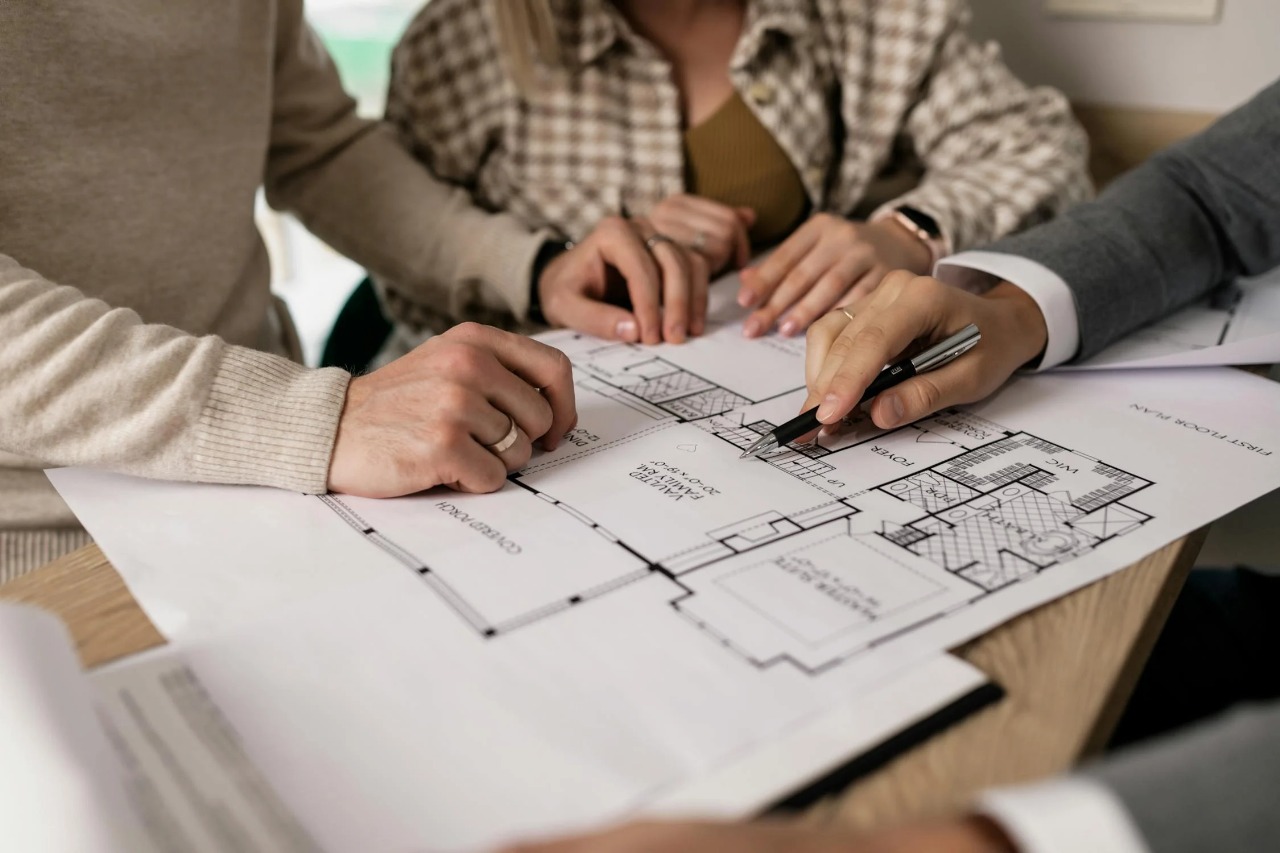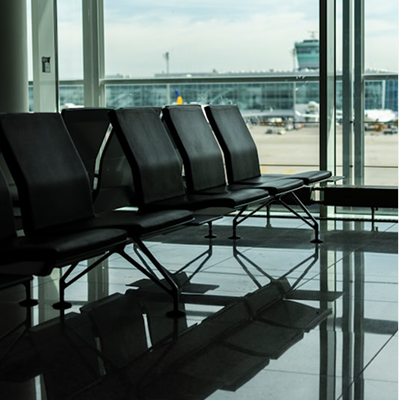The 2025 interior design business is undergoing a massive revolution – interior design space planning is no longer a luxury or an afterthought, but a core element of any successful undertaking. With the shifting direction of our lifestyles, work habits and demands of what we expect our surroundings to do, space planning has taken root as the basis of designing interiors, which are not only aesthetically attractive, but highly efficient, flexible, and even futuristic.
The New Standard: Why Space Planning Matters More Than Ever
The main reason interior design space planning is now essential lies in the complexity and demands of modern living. Homes and workplaces must support a range of activities—from remote work and learning to relaxation and entertainment—often within the same footprint. Without strategic planning, spaces can quickly become cluttered, inefficient, or uncomfortable.
Key Factors Driving the Essential Role of Space Planning in 2025
The emergence of interior design space planning as a necessity in 2025 is built on various compounding factors that exist not only due to changes in society but also leaning on innovative design technology trends. These are the key drivers in detail:
- Adaptability for Evolving Lifestyles
Homes and offices have stopped being single purpose spaces in the modern times. They will be ready to alter their spaces flexibly according to changing demands. In 2025, people move the living room to the home office, the dining area to the classroom, and the conference room to the collaboration site. Space planning in interior design guarantees the elasticity of layouts which should be most conveniently re-arranged without prior loss of comfort or beauty. Such flexibility will help to implement hybrid work, e-learning, and inter-generational living.
- Maximized Use of Limited Space
Urbanization and rising property costs have made space a premium commodity. Every square foot must be used wisely. Through interior design space planning, designers can eliminate wasted or underutilized areas, create efficient storage solutions, and ensure that even compact spaces feel open and functional. This maximization is especially important in city apartments, small offices, and shared living environments.
- Wellness and Sustainability
In the year 2025 the main priorities are health, well-being and environmental responsibility. Space planning in the interior design of the home is critical to the health of its residents because wellness requires proper air circulation, use of natural light, and area of relaxation, working, and exercising. The sustainable planning will also involve the utilities of an environment friendly material and an energy efficient plan which would in turn diminish the impact on the interior environment.
- Integration of Smart Technology
Smart home and office technologies are gaining pace. Such devices as automated lighting, climate control, and voice-activated ones should be properly positioned and placed and have clear access ways. Space planning of interior design enables smooth incorporation of these technologies and aims at ensuring they contribute and do not interrupt the flow and utilization of the space.
- Enhanced Safety and Accessibility
Accessibility and safety are unacceptable options. Proper layouts provide clear directional paths, proper spacing of furniture and are accessible to the needs of people with different abilities. Such attention to safety is particularly significant in places where people are able to meet or have access to healthcare facilities as well as through homes that accommodate older folks and younger children.
- Improved Aesthetics and Property Value
Thoughtfully designed space does not only work more effectively, but also appears more harmonious and beautiful. Space planning in interior designing also allows one to bring out the architecture, to achieve a balance in the composition and implement a better overall visual effect. This detailing, in its turn, has the potential to boost the market value and attractiveness of the property exponentially.
How 2025 Trends Are Shaping Space Planning
The trends dominating 2025—flexible layouts, smart technology, and wellness-focused design—are all deeply tied to interior design space planning.
- Flexible, Multi-Use Spaces: Open-plan living, movable partitions, and modular furniture are only effective with careful planning. Space planning ensures these elements work together to support evolving needs.
- Smart Homes and Offices: Integrating technology like smart lighting, climate control, and automated furniture requires a well-thought-out layout for seamless operation and accessibility.
- Biophilic Design: Bringing nature indoors is easier when layouts are designed to maximise views, natural light, and greenery.
Why Now? The Essential Shift in 2025
The living and working style has never changed. Interiors have to accomplish more, endorse more and change more quickly than ever. The demands need to be fulfilled and the only way is by space planning so as to be in environments that really improve our lives.
“Space planning is no longer optional. In 2025, it’s the foundation for every successful interior—balancing beauty, function, and flexibility.”
Ready to Transform Your Space?
When having a renovation or new building in mind, you should not ignore the significance of interior design space planning. It is the magic conversation that opens the box to your space and will be beautiful, good and the future.
Contact Spazi Design Inc. today to see how expert space planning can transform your home or office. Let our professionals design a layout that fits your lifestyle, supports your needs, and brings your vision to life.



